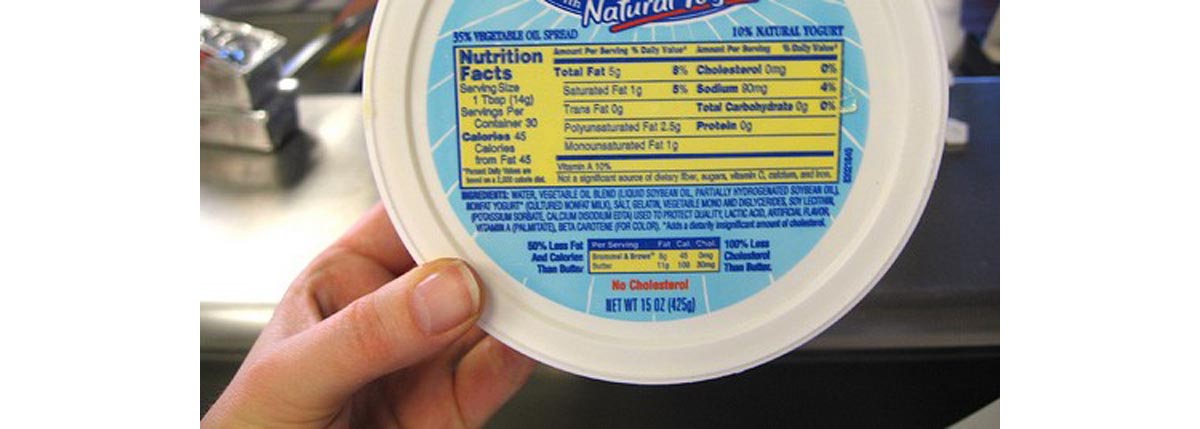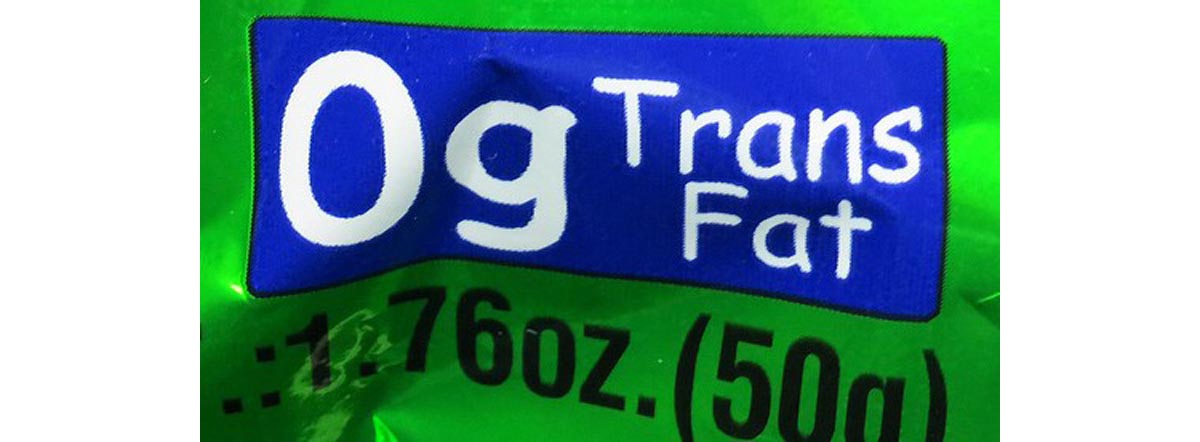It is hard to imagine now, but there was a time when packaged food came without the now-familiar nutrition facts label, also known as the nutrition information panel, and that time was only about 20 years ago.
When then commissioner of the US Food and Drug Administration David Kessler first made a push for the Nutrition and Food Labeling Act in the United States in 1990, many critics doubted the new legislation would pass Congress.

It did, of course, and since 1995, most packaged foods in the United States have listed nutrients per serving. The European Union followed suit in 1996, Australia and New Zealand some after that, Canada in 2003, and most recently Mexico and India, all providing information about nutrients to avoid and nutrients provided by packaged foods in a single, easy-to-read table.
What's the Most Important Line Nutrition Information Panel?
In much of world, every manufacturer of packaged foods is required to list nutrients per serving of the food in the package.
The information nearly everyone overlooks is the found in the very first two lines of the label, the size of a serving, and the number of servings per container.
After all, if you are counting your calories, you really need to know whether that tiny carton of ice cream contains one serving of ice cream, two servings of ice cream, or, obviously reflecting measurements calculated by a nutritionist who had no weight problem, four or even more.
Food Labels Give the Bad News First
Without the information on serving size, none of the other data on a product label is any use. But maybe the reason most of us tend to ignore the number of servings in a package of processed food is we really don't want to know what comes next.
On labels in the US, UK, EU, and nations in the British Commonwealth, the next entries on every food label are:
- Calories per serving
- Calories from fat per serving
- Fat grams
- Saturated fat grams
- Trans- fat grams
- Total carbohydrate
- Fiber
- Sugars
- Protein
Except for protein (and sometimes even for protein), the information at the top of the food label tells us about the nutritional no-no's in the convenience foods we love to eat.
It is necessary to get about half way down the label before you find nutrients we all feel good about.
Pitfalls In Estimating Daily Nutrition
After the long list of nutritional no-no's, food labels list the nutrients we all need on a regular basis. The only four nutrients food manufacturers are required to list for every product are vitamin A, vitamin C, calcium, and iron. Manufacturers are allowed to list up to 21 other nutrients, including vitamin D, vitamin E, vitamin K, thiamin (vitamin B1), riboflavin (vitamin B2), niacin, vitamin B6, folate, vitamin B12, biotin, panthothenic acid (vitamin B5), phosphorus, iodine, magnesium, zinc, selenium, copper, manganese, chromium, molybdenum, and chloride.

In the USA, the label lists each nutrient in terms of Reference Daily Intake, a measure of the best estimate of nutritional scientists of how much of each nutrient an adult needs every day. However, the values established in FDA regulations are based on studies done in the 1960's, and different Dietary Reference Intakes are recommended by nutritionists now.
If you are relying on the label to make sure you are getting enough of these nutrients, you may be short changing your daily nutrition.
Modern nutritionists also recommend less thiamin, riboflavin, niacin, B6, folate, B12, biotin, B5, zinc, selenium, copper, chromium, molybdenum, and chloride than they did 40 years ago. If you rely on what is on the food label, you will get too much -- although it is very rare for anyone to suffer from an overdose of these nutrients from food alone.
What to Look for in Ingredient Lists
Food labels also list the ingredients used to make prepared foods. The first named ingredient is used in greatest amount (measured by weight) in the product, the second-named ingredient is the second most abundant in the food, and so on. If you take a close look at the ingredient list, sometimes you won't buy the product. Here are some common problem areas:
- Whole-wheat bread usually lists white flour as its first ingredient. Whole grain hamburger buns and hot dog buns often list MSG and sugar before they list whole grains.
- Almost any shelf-stable dessert food (the infamous Twinkies and Hostess cupcakes, for example) will list high-fructose corn syrup as its first ingredient. This is also true of most sugar-sweetened beverages.
- "Fruit" drinks often contain no fruit juice.
- High-fructose corn syrup can be listed as HFCS, isoglucose, glucose/fructose, fructose/glucose, corn syrup, maize syrup, corn sugar, maize sugar, or high-fructose maize sugar.
- MSG is often labels as "natural flavoring."
- Even organic foods can contain organic fructose and organic MSG.
A quick look at the label can keep you from sabotaging your diet. Always be sure you know your portion size, and look twice to avoid the high-fructose corn syrup and MSG that can make appetite control impossible.
- Photo courtesy of jdickert on Flickr: www.flickr.com/photos/jdickert/2382424839
- Photo courtesy of 41002268@N03 on Flickr: www.flickr.com/photos/41002268@N03/6977429822


Your thoughts on this